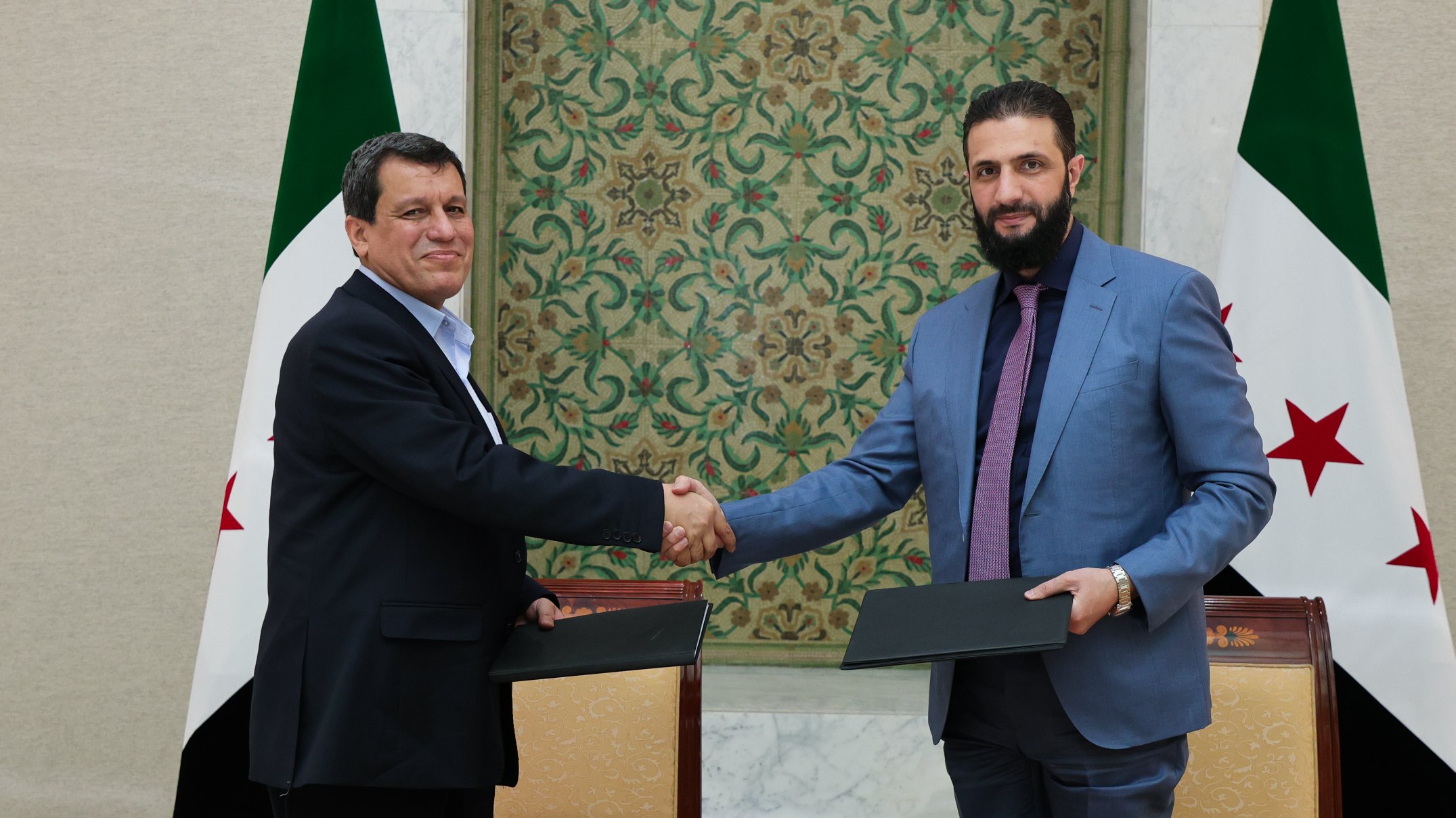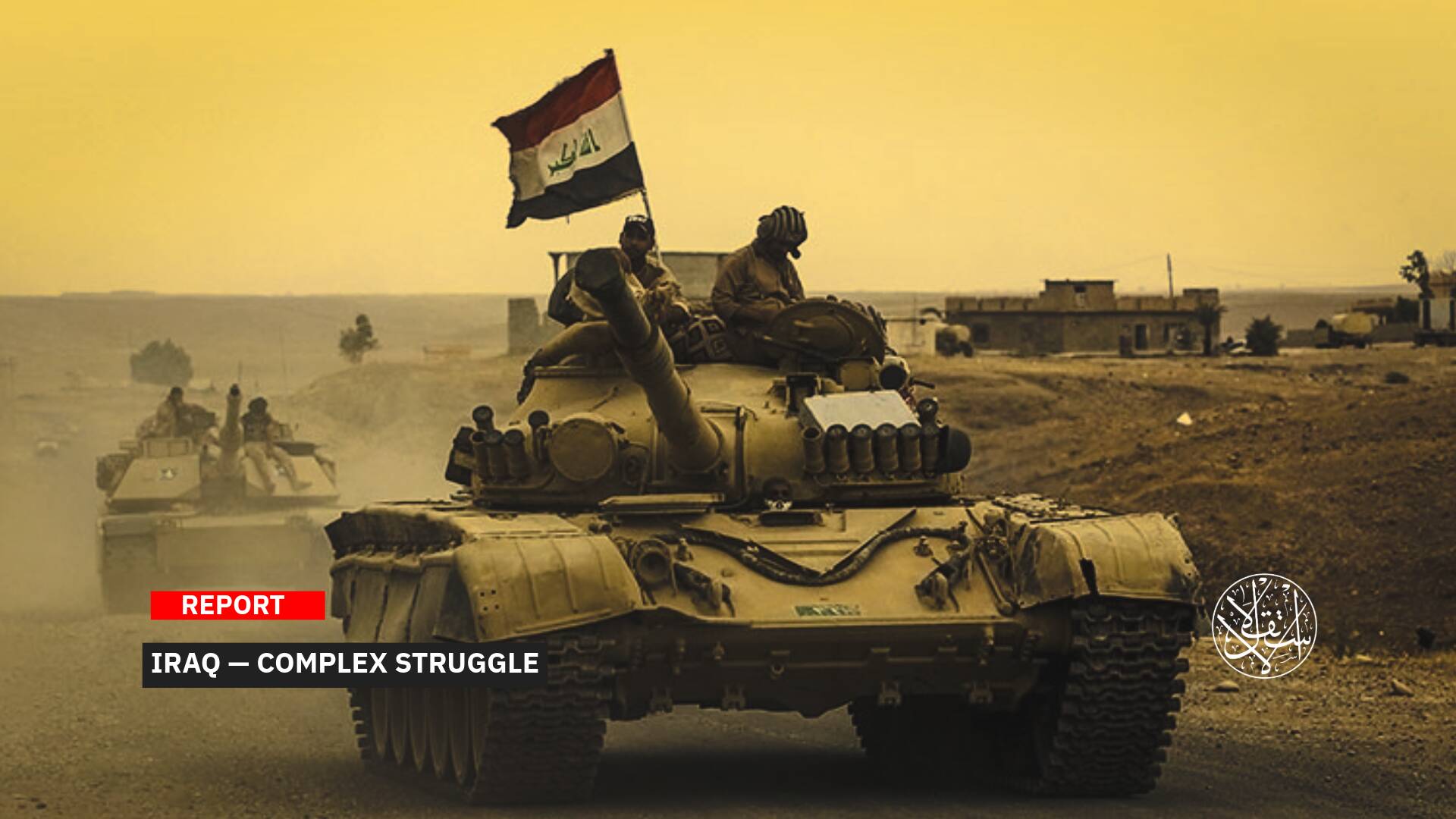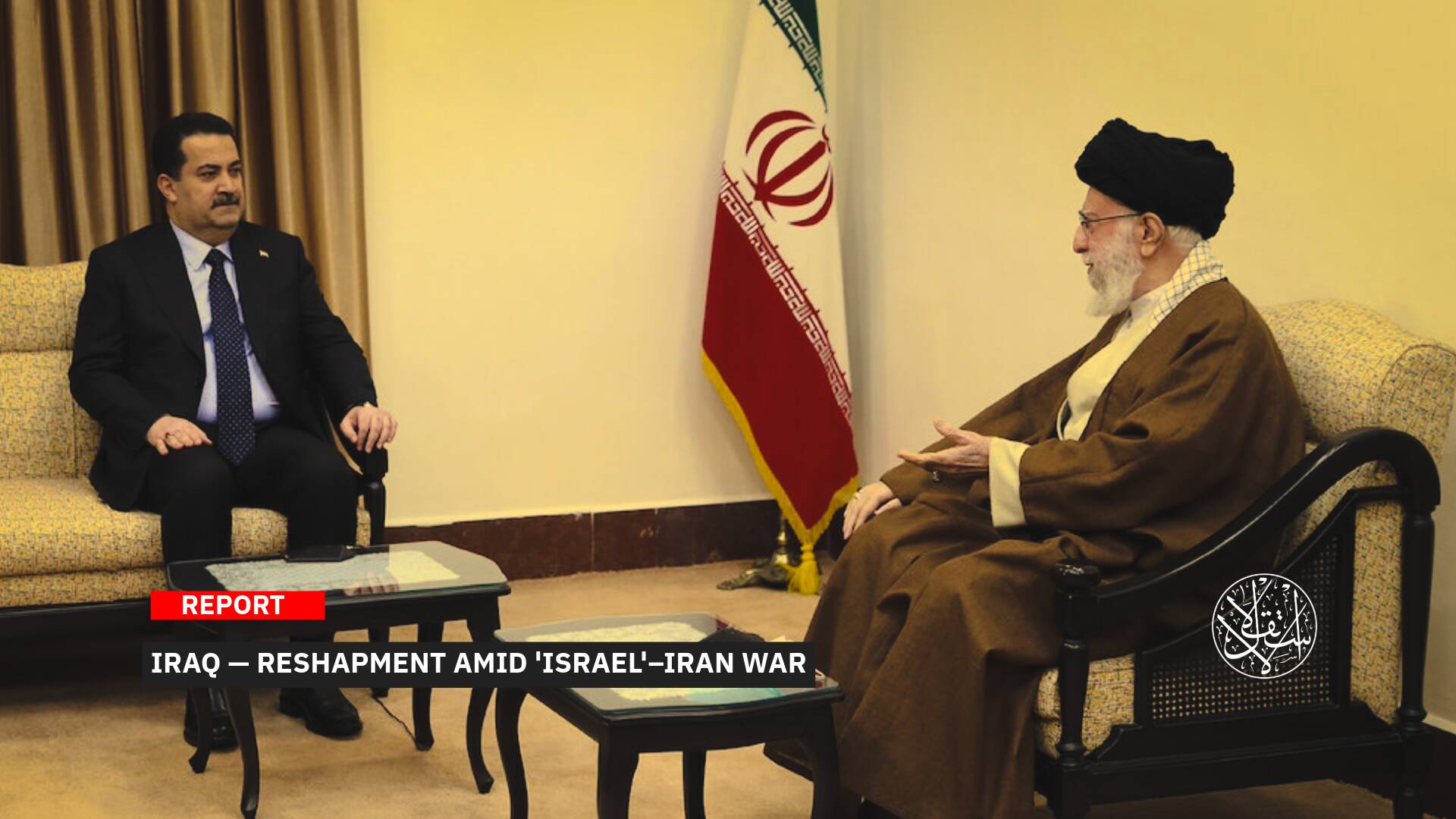How the New Syrian Administration Resolved the Complex Issues with the Kurds and Druze

“The landmark agreement marks a significant victory for al-Sharaa, who has been working to mend Syria’s divisions.”
Syria is witnessing major political and field turns that will create a new reality for political life and the security situation in the country, within the framework of individual agreements concluded by the new administration with influential forces on the ground.
Just one day after the announcement of the signing of an agreement to integrate the civilian and military institutions of the Kurdish Autonomous Administration into the Syrian state, work began on coordinating the annexation of As-Suwayda, which is governed by Druze factions and which “Israel” seeks to exploit in its campaign to divide Syria.
Syrian President Ahmed al-Sharaa held talks with a delegation of political forces in As-Suwayda and concluded an agreement under which the Syrian flag was raised over the governorate building, days after the Druze flag was raised.
With the completion of the two agreements, the new administration will fully encompass Syrian territory. However, other sources quoted a source close to the spiritual leadership in As-Suwayda denying media reports regarding a new agreement between the new Syrian administration and the governorate .
In contrast, Syrians celebrated the historic agreements that reunited the Syrian map under a single administration and ended the division that had prevailed for years.
Political Victory
The new Syrian administration announced the signing of an agreement to integrate the Syrian Democratic Forces (SDF) into state institutions, affirming the unity of Syrian territory and rejecting partition. Observers considered this a historic agreement and a political victory.
On March 10, 2025, it was clarified that the agreement came after a meeting between Syrian President Ahmed al-Sharaa and SDF leader Mazloum Abdi, and stipulates guaranteeing the rights of all Syrians to representation and political participation within state institutions based on competence.
It indicated that this participation is regardless of religious and ethnic backgrounds, and emphasized that the Kurdish community is an integral part of the Syrian state, with its citizenship rights and full constitutional rights guaranteed, announcing a ceasefire agreement throughout Syria.
It stated that the agreement stipulates the integration of civil and military institutions in northeastern Syria into the Syrian state, including border crossings, airports, and oil and gas fields.
Regarding the humanitarian issue, the agreement emphasized the need to secure the return of displaced Syrians to their towns and villages, while ensuring their protection by the Syrian state.
Both sides also affirmed their support for the Syrian state in confronting the remnants of the ousted Bashar al-Assad regime and all threats that may threaten the country's security and unity.
Both parties pledged to reject calls for division and hate speech, and to confront attempts to sow discord among the components of Syrian society.
The agreement also stipulated the formation of executive committees to monitor the implementation of its provisions, with full implementation expected by the end of 2025.
The recent agreement came approximately two weeks after Kurdistan Workers' Party (PKK) leader Abdullah Ocalan, in a historic announcement, called for the dissolution of the party and the laying down of arms, a move welcomed by Syrian Kurds.
In turn, Turkish President Recep Tayyip Erdogan stated on March 11 that the full implementation of the agreement reached between the Syrian authorities and the SDF will serve security and peace in Syria, and that the winners will be all our Syrian brothers.
The Saudi Ministry of Foreign Affairs praised the efforts of the Syrian leadership to complete the process of building state institutions to achieve security and stability.
The Qatari Foreign Ministry stressed that Syria's stability requires the state's monopoly on arms within a single army representing all Syrian components, ensuring the preservation of the country's sovereignty, independence, and territorial integrity.

Military Agreement
On March 11, the new Syrian administration signed a preliminary agreement with factions and dignitaries from As-Suwayda. Syrian President Ahmed al-Sharaa also met in Damascus with As-Suwayda Governor Mustafa al-Bakour and a number of activists from the governorate.
Sources reported that the agreement stipulates the integration of the factions in As-Suwayda into the new army, and that the Syrian administration appoint a police commander and his deputy in As-Suwayda, as well as a second deputy from the governorate.
The most prominent factions that signed the agreement are the Men of Dignity Movement and the Mountain Brigade. These factions submitted to the Syrian administration the names of 3,000 members to be included in the Ministry of Defense, and the names of another 400 members to the Ministry of Interior to be included in the Public Security Forces.
Sources confirmed that the agreement is military, not civilian, and enjoys the support of As-Suwayda’s leaders and notables. However, it does not include Druze leader Sheikh Hikmat al-Hajri and the political, military, and religious movement he represents.
According to reports, internal discussions are still underway in As-Suwayda between the governorate's forces and Sheikh al-Hajri, who has announced his rejection of the agreement, amid talk of a strong desire to transition to a federal system.
In a meeting with visiting Syrian tribal dignitaries on March 9, Sheikh al-Hijri emphasized the unity of destiny and the rejection of division and discord among Syrians. He rejected any discussion that undermined the unity of Syrian territory or called for partition or secession.
“We extended our hand to the administration in Damascus and waited for this transitional government to accomplish its basic tasks during this period. However, it did not utilize this period properly and monopolized power, forgetting that all Syrians participated in liberating the country,” he said.
In a related context, Israeli statements regarding the situation in Syria caused widespread confusion. Israeli officials have also said they will protect the Druze.
Several incidents in As-Suwayda showed Israeli flags being raised in the city and quickly taken down.
Meanwhile, “Israel” has carried out air strikes and raids in southern Syria and demanded the area be demilitarized.
For their part, Druze leaders and religious authorities rejected these statements, affirming their commitment to the unity of Syria.

Internal Settlement
Observers believe that the two recent agreements with the Kurds and Druze strengthen Ahmed al-Sharaa's position as a president seeking to ensure the country's unity and preserve civil peace after years of war that ravaged the country during the Syrian revolution.
They also contribute to strengthening the position of the new Syrian administration before the international community and support its efforts to lift Western sanctions imposed on the country during the Assad regime's rule.
The two agreements also contribute to strengthening the military capabilities of the new Syrian army, a key element in maintaining security after the violent attacks on security and military forces in the Syrian coastal region last weekend by remnants of the ousted Assad regime.
On the other hand, these two agreements have generated positive public support among the Syrian public, with pro-regime rallies taking place in As-Suwayda, the coastal region, and areas of northeastern Syria, as well as in the cities of Homs, Aleppo, and Damascus.
The two agreements also represent an internal Syrian settlement that establishes a framework for an agreement among the country's components and thwarts Israeli claims of a willingness to protect minorities and prevent the presence of the Syrian army in the south.
In turn, a journalist close to Israeli Prime Minister Benjamin Netanyahu described the agreement signed by the Syrian administration and notables of As-Suwayda as a blow to Israeli efforts to open channels with the Druze in Syria.
He also considered the agreement signed by al-Sharaa with Abdi bad news for Tel Aviv, which had been counting on opening contacts with the Kurds in Syria, especially since these areas border Turkiye.
He pointed out that “Israel” views the new Syrian administration as a threat because it represents the aspirations of the Syrian people.
He noted that Tel Aviv seeks to divide Syria into sectarian states that it would control under the pretext of protecting minorities.

On his part, political analyst Mahmoud Alloush told Al-Estiklal that the agreement between the new Syrian administration and the SDF represents an important turning point in the reconstruction process in Syria, noting that it comes within the context of blocking Iranian interference and preventing northeastern Syria from becoming a hotbed of Iranian influence.
He pointed out that the Israeli occupation was surprised by the understandings reached in Syria between the new leadership and the Druze and Kurds, and therefore recently carried out threats and attacks, considering Tel Aviv to be the primary challenge facing the Syrian leadership at present.
“President Ahmed al-Sharaa wants to be remembered in history as a leader who united Syria and its weapons during its most dangerous phase. The recent two agreements address the greatest threat to Syria's unity, weaken separatist plans, and open the doors of the United States and the West to Damascus," Mr. Alloush concluded.












